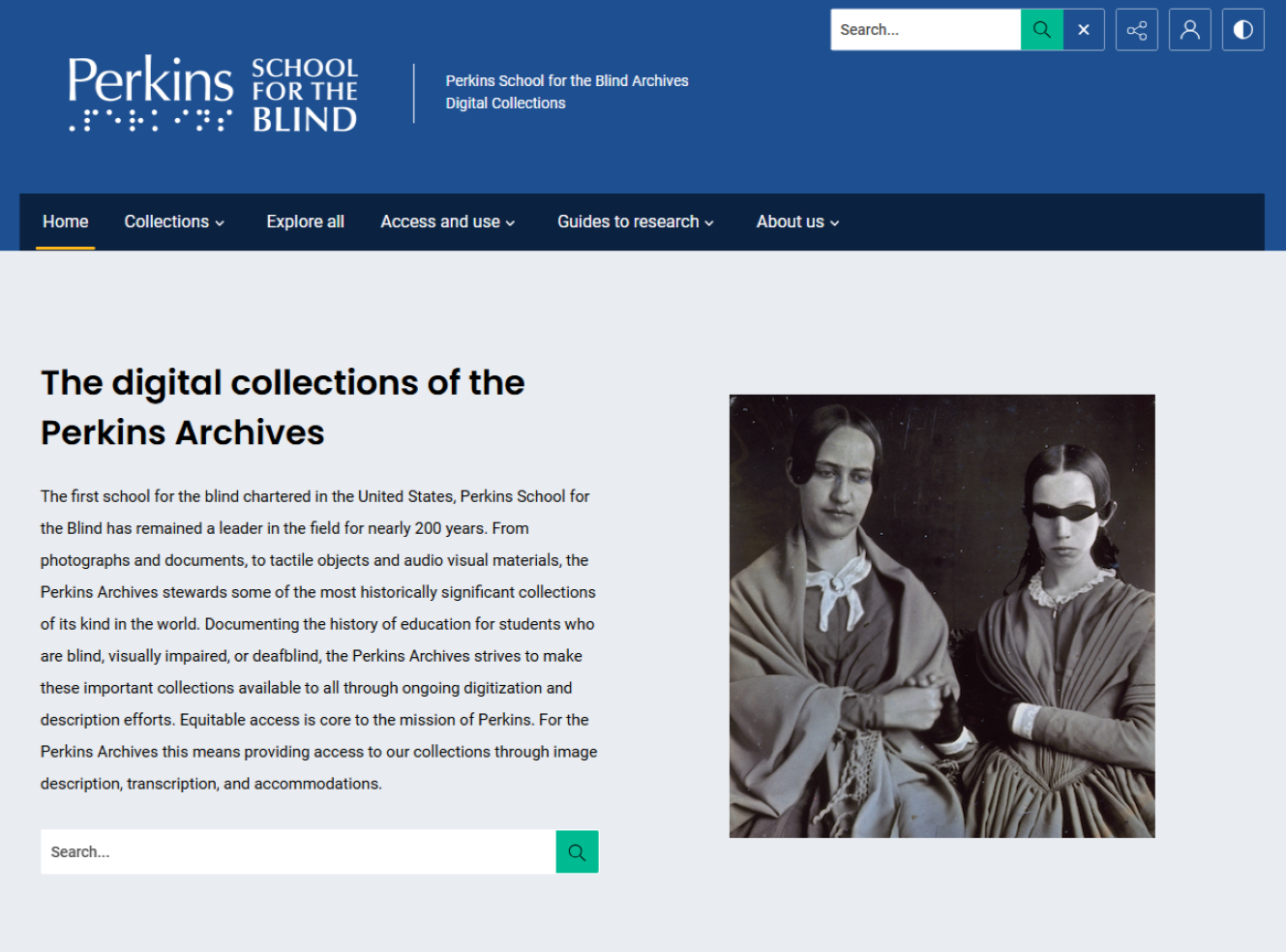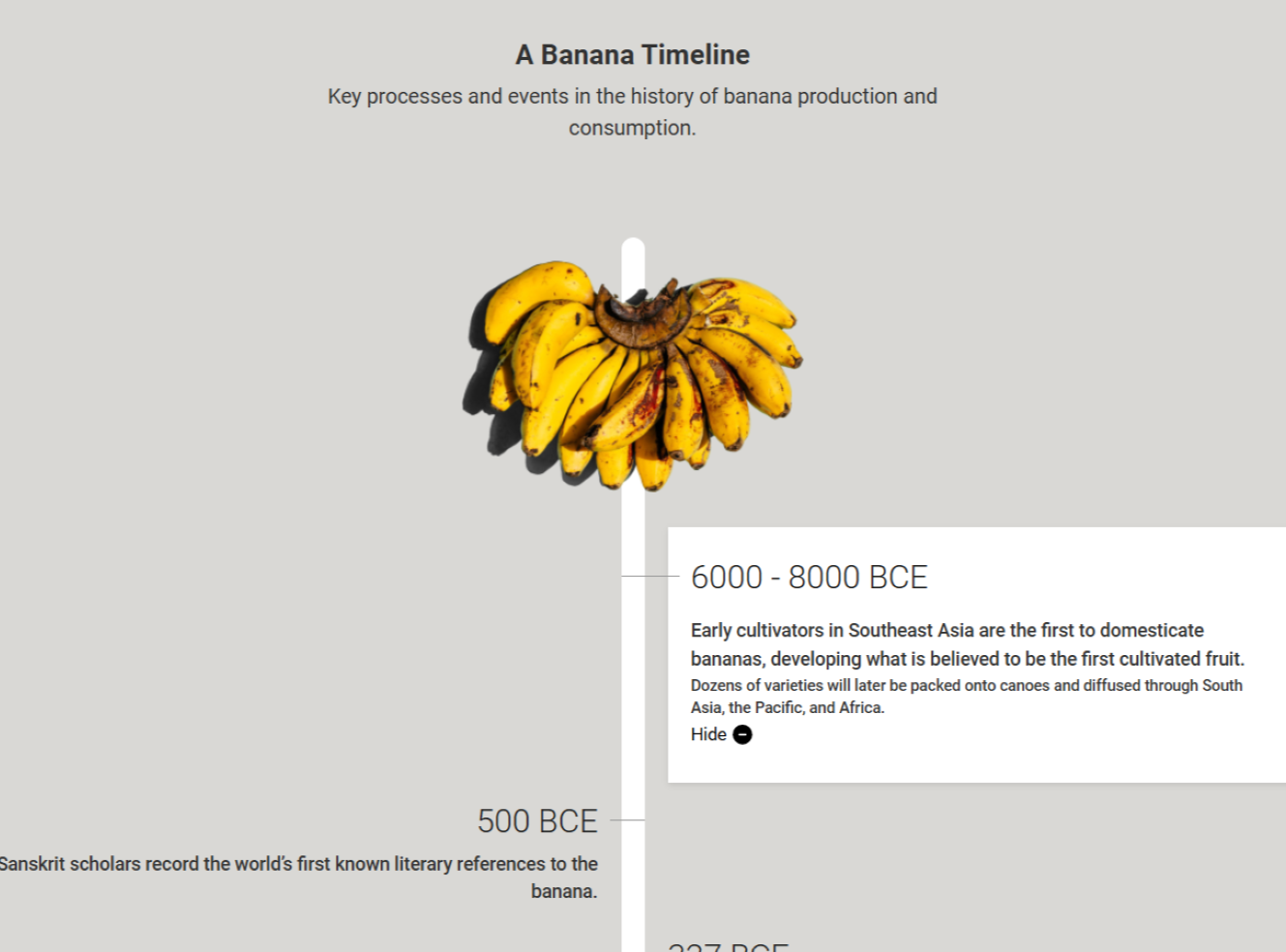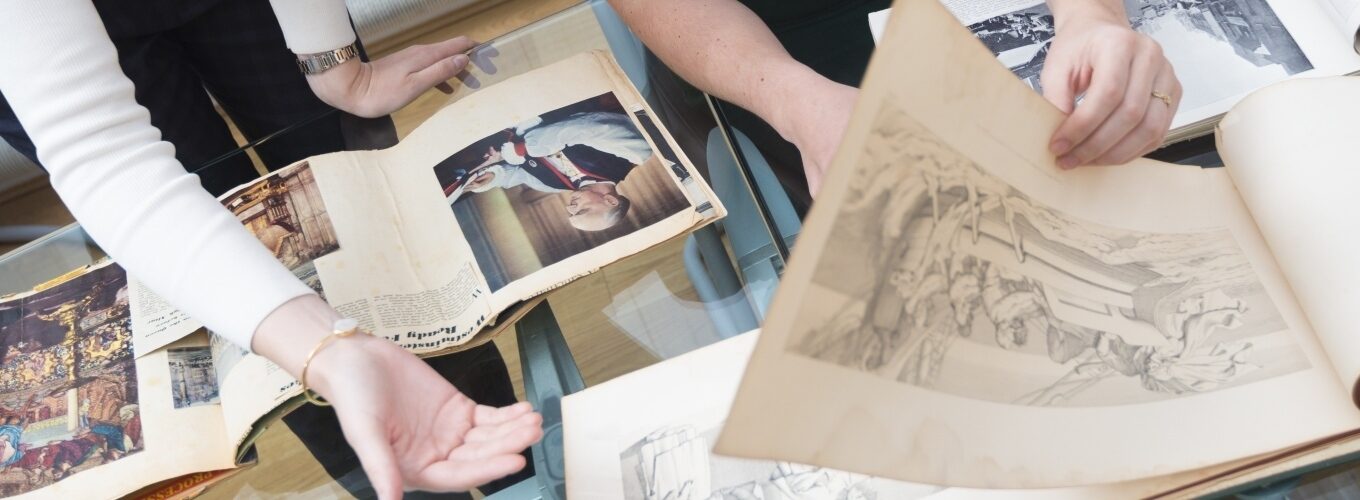Access and discovery
Enhance access and discovery with a platform purpose-built for sharing archival content
Create new ways for global audiences and local communities to explore your digital collections with a platform built for discovery.
Ensure equitable access to knowledge for all the communities you serve by supporting users with varying degrees of primary source research experience. Enhance engagement and discovery with Optical Character Recognition (OCR), Handwritten Text Recognition (HTR) and audio transcription, full-site search, digital exhibits, and interactive timelines.

Create accessible branded websites with global reach
AM Quartex is a powerful content management system (CMS) that allows you to build responsive and highly searchable websites that meet WCAG 2.1AA accessibility standards.
You can build discovery pathways and contextual pages, deploying IIIF compatible image viewers and our unique split-screen viewer. Apply your own institutional branding to publish digital collections sites that meet the needs of researchers, strategic partners and donors.
One of the strategic aims of the Phillips Library and Peabody Essex Museum is to share its collections as broadly as possible with its global audience. Quartex helps us do that… with a set of accessibility features that is really impressive.

Search beyond metadata with HTR and OCR technology
Optimise discoverability of your handwritten and printed text materials with in-platform editable transcriptions. Together, Handwritten Text Recognition (HTR) and Optical Character Recognition (OCR) enable full-text search making all your text-based materials more discoverable and accessible. Displayed alongside the original asset or hidden from public view, automated transcriptions provide an additional data source for site search, adding depth and scope to users' research.
Harness HTR automation to improve access and discovery
The correspondence of Elizabeth Barrett and Robert Browning was the subject of a manual transcription programme running at Baylor University over many years. The library team used AM Quartex's HTR technology as part of a project to establish an efficient workflow to deliver accurate transcriptions of these letters.

Showcase AV content with in-platform hosting, streaming and discovery
Host and stream in our secure and scalable platform to unlock the research value of your unique audio-visual assets, from oral histories and music recordings to newsreels, commercial films, and privately-owned footage. Optimise discovery and user experience with automated, editable, time-coded transcriptions and closed captions, enabling full-text search and enhancing accessibility.
Enhance accessibility and user experience of AV collections
Bay Area TV Archive , University of Florida and Towson University worked with AM to enhance and further develop AV capabilities to support repositories with large AV footprints. Alex Cherian, TV Archivist at BATA, shows how the ability to generate or upload, and edit transcriptions in AM Quartex enhances accessibility and user experience.

Create dynamic digital exhibits and interactive timelines
Curate digital exhibits to explore themes within your collections and unlock user pathways, featuring specific resources to tell new stories from your institutional or community history. Build chronologies of notable events or people using our interactive timeline builder, contextualising your materials and providing starting points for further research.

Build deeper community engagement
Harris County Public Library celebrated its centenary with over two dozen digital exhibits charting its history from the first library stations to becoming America’s tenth largest public library system. CJ Williams, Technical Services Manager, reflects on her experience of creating exhibits in AM Quartex and how they led to deeper community engagement.
Digital asset management
Easily manage digital assets your way with customisable settings and workflows for metadata, controlled vocabularies and access controls.
Build and migration
Create and publish your new digital collections portal with support from AM's dedicated Site Creation and Customer Experience teams. From planning your migration to full design and build services.
Integrate and extend
Harness the power of AM's solution partners and integrations to enhance the visibility and impact of your digital archive ecosystem.

